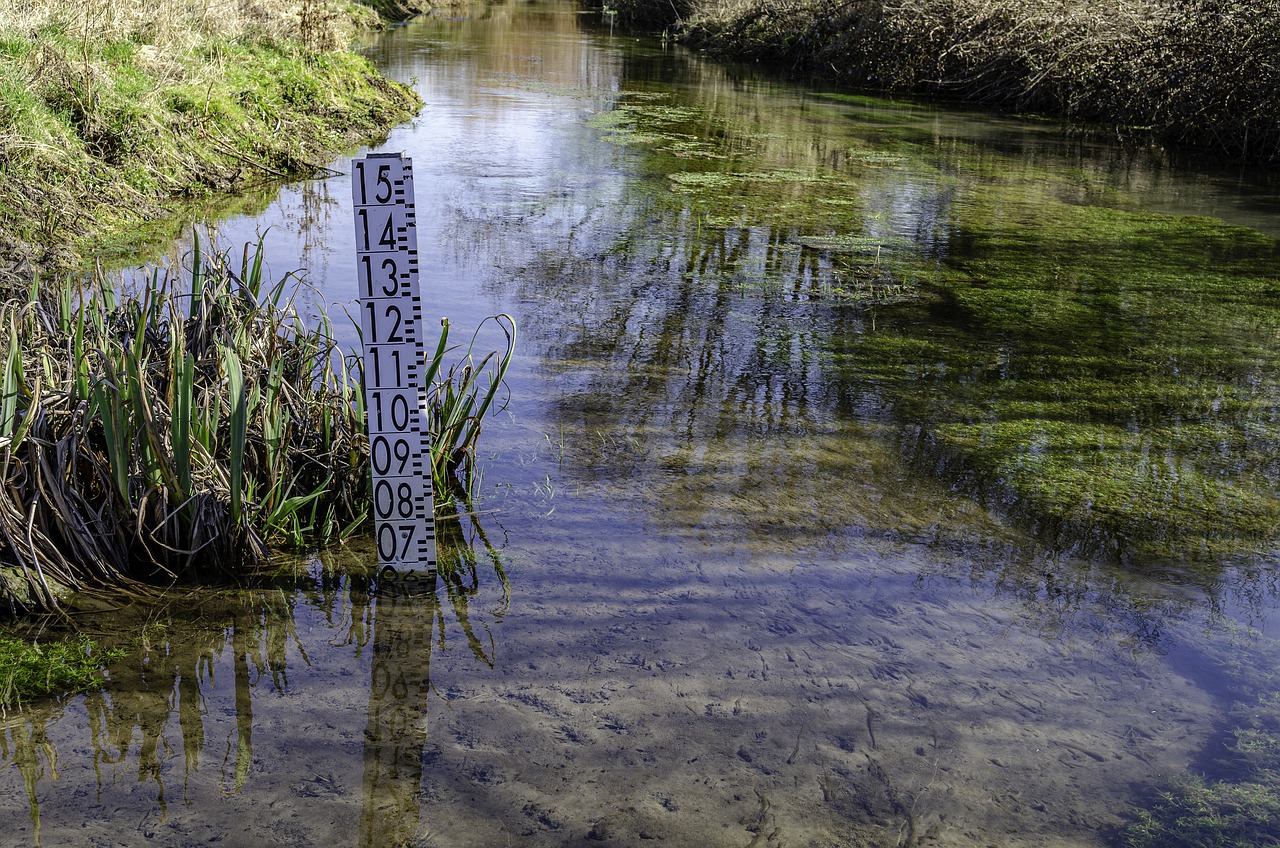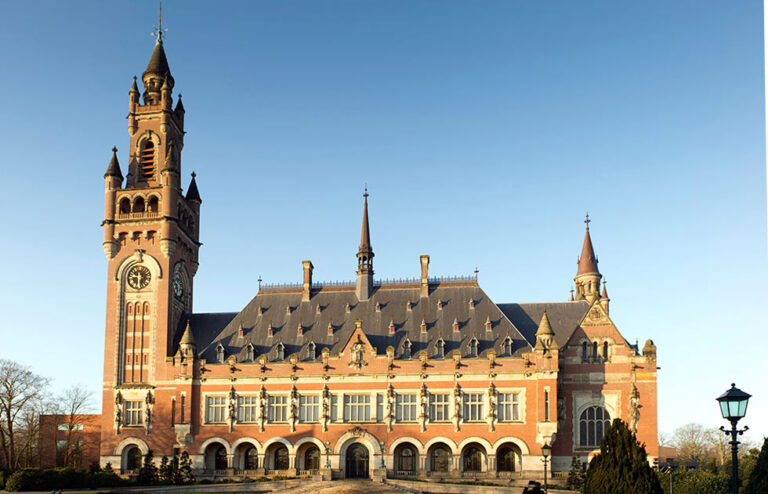
![]() By Dr Praveen Kumar Singh*
By Dr Praveen Kumar Singh*
Ulrika (Sweden): In recognition of the progress made by the People’s World Commission for Drought and Flood (PWCDF) within a short span of one year, it has been invited by the governments of Brazil, Egypt, and Turkey to work closely with these countries to find solutions to their drought and flood problems. In order to facilitate this cooperation, special commissions will be set up in these areas.
In its headquarters here, Dr. Rajendra Singh, Chairman of the PWCDF, widely known as the Waterman of India, presided over a meeting to discuss the best ways for PWCDF to take action on a worldwide scale to address these pervasive problems. The participants assessed the global drought and flood scenario by exchanging information and ideas.
PWCDF is not limited to these areas; rather, they hope to expand their operations to all seven continents. Its ultimate goal is to create a systemic strategy for dealing with water shortages and floods. It hopes that by sharing this framework with a wide range of audiences—from the general public to institutions, politicians, stakeholders, and governments around the world—it may raise awareness and inspire action that will have a real impact.
Most natural disasters caused by climate change involve water, and the key to being resilient in the face of these disasters also lies in water. Without water, efforts to combat, adapt to, and withstand climate change will fail. Both developing and developed countries are increasingly vulnerable to droughts. Droughts have become more frequent and severe, increasing by 29 per cent since 2000, putting an additional 2.3 billion people under water stress. No nation is safe from this problem.
Drought affected unexpected regions, including Europe in 2022. This was among the many climatic shocks the world suffered in 2022. Africa has been hit hard by drought, with over 200 episodes documented over the past century. Drought has had the most devastating impact on Asia. Extreme flooding threatens almost 1.8 billion people around the world, mostly in Asia’s developing and middle economies. Since 2020, heatwaves, droughts, and floods have been more severe as a result of climate change. For instance, climate change made the 2022 European drought that caused water shortages and fires 20 times more likely.
As a result of global warming, scientists predict that droughts that previously occurred once every 400 years may now occur every 30 years. As a result of the worst drought in the Po River valley in seven decades, Italy issued a state of emergency in five areas that month of 2022.
Dr Singh stressed that the world continues to suffer from extraordinary extremes in 2023 too, including debilitating droughts and terrible floods, which can be attributable to climate change.
The once-fertile areas of Africa are reduced to barren wastelands, and the coastal towns of South America are pummeled by nonstop rain, both of which have resulted in widespread devastation and the loss of many lives.
The role played by climate change in the intensification of these catastrophes is clear. The actions taken by world leaders to mitigate the effects of climate change include the promotion of renewable energy sources and the formation of international partnerships.
Despite the upheaval, the reaction of resilient communities has been to adopt new environmentally friendly methods and technological advances. Scars from 2023 will emphasize the need to safeguard the earth for future generations and will serve as a constant reminder of the critical need for action on climate change.
It is in this context that the PWCDF positions itself to act on a worldwide scale to address these pervasive problems.
*The writer is a scientist at the Institute of Advanced Materials (IAAM), Sweden.





